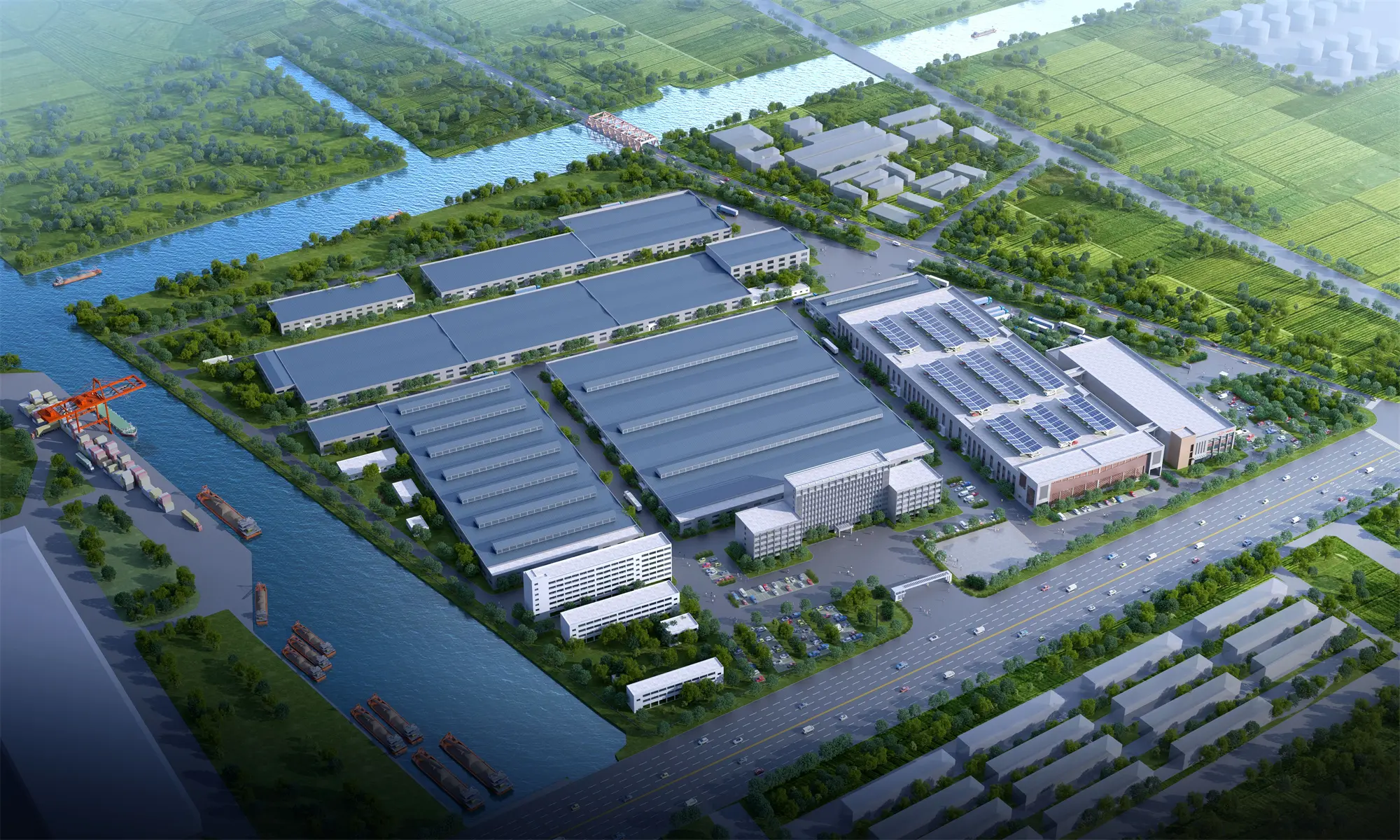The Most Frequently Asked Questions You Want to Know
The answers to the most frequently asked questions about our products can be found here. Should you want to know more, we are at your disposal personally.

The answers to the most frequently asked questions about our products can be found here. Should you want to know more, we are at your disposal personally.

Universal Chains comply with ISO, DIN, and ASME/ANSI standards.
The tensile strength of our precision roller chains is approximately 1.1 to 1.4 times the ISO minimum tensile strength, and the fatigue strength is around 1.15 to 1.7 times the ISO minimum dynamic strength.
Our high-strength short-pitch precision roller chains also meet ISO, DIN, and ANSI standards, with over 30% improvement in tensile strength and over 60% improvement in fatigue strength compared to ISO standards.
Additionally, our oilfield chains are certified by the American Petroleum Institute (API).
H-type chains improve only dynamic load strength and chain plate thickness, while HE-type chains enhance both tensile strength and dynamic load strength.
Chains with anchoring heads have higher compressive strength, making them suitable for heavy-load applications.
A-series (ANSI standard): Globally used, component sizes proportional to pitch (e.g., roller diameter ≈ 5/8 pitch), suitable for large pitch multi-strand chains.
B-series (BS standard): Popular in Europe and maintenance markets, larger roller/pin sizes, generally higher tensile strength.
E.g., 08B has higher tensile strength than 08A.
They are not interchangeable due to different sprocket structures: A-series sprockets are flat, B-series have hub projections.
A-series offers higher plate strength, while B-series offers better wear resistance. Choose based on working conditions.
ANSI 40 = BS 08A
ANSI 50 = BS 10A
CL: Standard link (no special mark)
GL: Cotter pin link (detachable)
OL: Offset link (for odd-numbered chains)
OFD: Special transition link (non-detachable, used for high-strength connections)
It depends on the chain type. For standard roller chains, we usually have stock available.
Yes. For over 50 years, we have been dedicated to providing tailored power transmission solutions.
Our strong engineering team can produce customized non-standard chains based on your drawings.
Lead time depends on the type of chain and whether it’s in stock.
Yes. You will receive a shipping confirmation email with tracking number. We also follow up to ensure safe delivery.
Most orders are shipped from our factory in Taizhou, Jiangsu, China.
We also have a branch factory in Bangkok, Thailand, for flexible delivery.
Yes. Our sales team will send you a confirmation email with a tracking number and provide updates.
Please contact your sales representative to discuss any changes to your order.
45, 40Mn, 45Mn, 40Cr, 42CrMo, 35CrMn, 50CrMo, 50CrV, and stainless steel.
Hot-rolled steel plates, cold-rolled steel strips, hot-rolled flat bars, cold-drawn flat bars, and round bars.
Flat type, bent type (e.g., L-shape, U-shape, OL type).
Precision impacts pitch and chain length error. Chain length tolerance is 0–0.15% or 0–0.3%.
Key influencing factors include plate hole pitch, pin diameter, bushing dimensions, and roller concentricity.
Cold processing includes stamping (cold or hot bending), laser cutting, and machining.
Casting is generally not accepted; forging is considered case-by-case.
Options include shot blasting, black oxide, Dacromet, hot-dip galvanizing, hard chrome plating, electroless nickel plating, phosphating, and epoxy coating.
Zinc plating may cause embrittlement.
Electroless nickel resists peeling but has low gloss.
Materials: Low carbon steel (10/20/20Mn), 35, and 40Cr (for heavy-duty chains).
Profiles: Cold-drawn flat wire (rolled) or cold-extruded tubes.
Shape: Usually cylindrical.
Surface: Typically shot-blasted only; other treatments are rare.
Usually made from low-carbon steel.
55CrSi is preferred for its excellent comprehensive performance.
Pins, bushings, and rollers must be heat treated. Chain plates may skip heat treatment if strength requirements are met—commonly done in large-size conveyor chains and escalator chains.
WhatsApp us